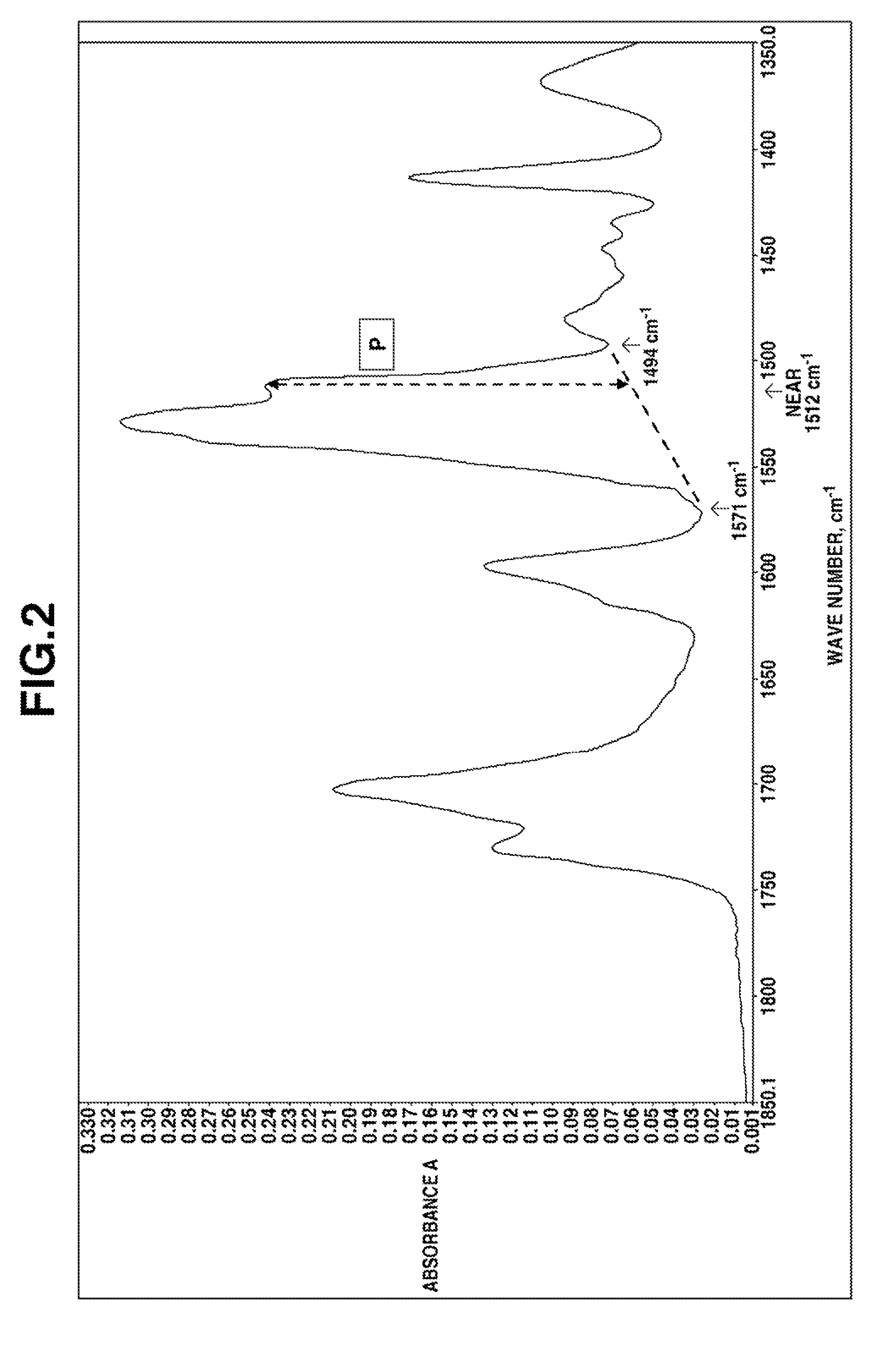Golf ball manufacturing method
a manufacturing method and golf ball technology, applied in the field of golf ball manufacturing methods, can solve the problems of poor productivity of thermoset polyurethane materials when used to make golf ball covers (moldings which encase a core material), inability to recycle feedstock and molded objects made therewith, and inability to achieve good crosslinking effect, reduce discoloration, and no discoloration or contamination
- Summary
- Abstract
- Description
- Claims
- Application Information
AI Technical Summary
Benefits of technology
Problems solved by technology
Method used
Image
Examples
examples
[0075]Working Examples of the invention and Comparative Examples are given below by way of illustration, although the invention is not limited by the following Examples.
examples 1 to 12
, Comparative Examples 1 to 6
[0076]Cores having a diameter of 36.3 mm were produced by using the formulation shown in Table 1 to prepare a core-forming rubber composition common to all the Examples, then curing and molding at 155° C. for 15 minutes. Next, cover layers (these being, in order from the inside: an envelope layer and an intermediate layer) formulated of the resin materials shown in the same table and common to all the Examples were successively injection-molded over the core, thereby giving an intermediate sphere. The envelope layer had a thickness of 1.3 mm and a material hardness, expressed in terms of Shore D hardness, of 51. The intermediate layer had a thickness of 1.1 mm and a material hardness, expressed in terms of Shore D hardness, of 62.
[0077]The outermost cover layer, which is common to all the Examples, was injection-molded over the intermediate sphere so as to encase the sphere. The resin materials used to form the outermost layer are shown in Table 2. The o...
PUM
| Property | Measurement | Unit |
|---|---|---|
| discharge pressure | aaaaa | aaaaa |
| temperature | aaaaa | aaaaa |
| washing time | aaaaa | aaaaa |
Abstract
Description
Claims
Application Information
 Login to View More
Login to View More - R&D
- Intellectual Property
- Life Sciences
- Materials
- Tech Scout
- Unparalleled Data Quality
- Higher Quality Content
- 60% Fewer Hallucinations
Browse by: Latest US Patents, China's latest patents, Technical Efficacy Thesaurus, Application Domain, Technology Topic, Popular Technical Reports.
© 2025 PatSnap. All rights reserved.Legal|Privacy policy|Modern Slavery Act Transparency Statement|Sitemap|About US| Contact US: help@patsnap.com


